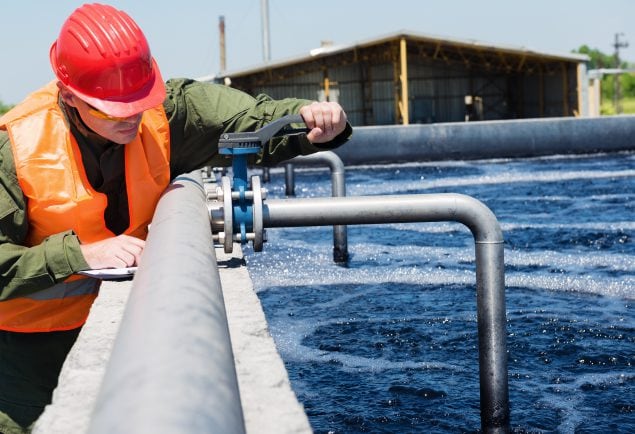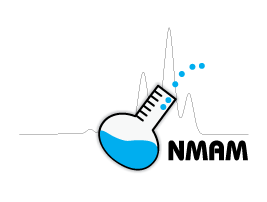Acrylamide

Overview
CAS No. 79-06-1
Acrylamide (CH2=CHCONH2) is a white, crystalline solid. It can be harmful to the eyes, skin, and nervous and reproductive systems. Workers may be harmed from exposure to acrylamide. The level of harm depends upon the dose, duration, and work being done.
Acrylamide is used in many industries. It is used to treat waste water from treatment facilities, and in the manufacture of paper, contact lenses, some dyes, chemicals, and fabrics Examples of workers at risk of being exposed to acrylamide include the following:
- Workers who manufacture certain cosmetics and toiletries
- Employees exposed to certain types of dyes and organic chemicals
- Manufacturing workers who make polyacrylamide
- Construction workers involved in constructing tunnels, wells, and sewers
NIOSH recommends that employers use Hierarchy of Controls to prevent injuries. If you work in an industry that uses acrylamide, please read chemical labels and the accompanying Safety Data Sheets for hazard information. Visit NIOSH’s page on Managing Chemical Safety in the Workplace to learn more about controlling chemical workplace exposures.
The following resources provide information about occupational exposure to acrylamide. Useful search terms for acrylamide include “acrylamide monomer,” “acrylic amide,” “propenamide,” and “2-propenamide.”
NIOSH Chemical Resources
Related NIOSH Resources
- NIOSHTIC-2 search results on acrylamide—NIOSHTIC-2 is a searchable database of worker safety and health publications, documents, grant reports, and journal articles supported in whole or in part by NIOSH.
- Immediately Dangerous to Life or Health (IDLH) Profile Value: Acrylamide—NIOSH reviews relevant scientific data and researches methods for developing IDLH values.
- NIOSH Worker Health Study Summaries—NIOSH conducts research to prevent illnesses and injuries in the workplace. The NIOSH Worker Notification Program notifies workers and other stakeholders about the findings of these research studies.
Selected Publications
- Criteria for a Recommended Standard: Occupational Exposure Standard for Acrylamide —DHHS (NIOSH) Publication No. 77-112. This report increases awareness and recommends work practices to reduce exposures to acrylamide.
- NIOSH Skin Notation (SK) Profiles: Acrylamide
- NIOSH and NIOSH Basis for an Occupational Health Standard – Acrylamide: A Review of the Literature
- Occupational Safety and Health Guideline for Acrylamide
Related Resources
- ATSDR ToxFAQs for Acrylamide
- ATSDR Toxicological Profile for Acrylamide
- EPA Chemistry Dashboard: Acrylamideexternal icon
- EPA Hazard Summary: Acrylamideexternal icon
- EPA Hazardous Air Pollutants: Acrylamideexternal icon
- EPA Integrated Risk Information System (IRIS): Acrylamideexternal icon
- IARC Monographs (Vol. 60): Acrylamideexternal icon
- NTP-CERHR Monograph (Reproductive Hazards): Acrylamideexternal icon
- NTP Report on Carcinogens (Fourteenth Edition): Acrylamideexternal icon
- NTP Substance Profile: Acrylamideexternal icon
- OSHA Hazard Communicationexternal icon
- OSHA Occupational Chemical Database: Acrylamideexternal icon
- OSHA Sampling and Analytical Methods: Acrylamideexternal icon
- New Jersey Hazardous Substance Fact Sheet: Acrylamideexternal icon
- National Cancer Institute: Acrylamideexternal icon
International Resources
- Canadian Centre for Occupational Health and Safety (CCOHS): Acrylamideexternal icon
- European Chemicals Agency (ECHA): Acrylamideexternal icon
- Gestis Substance Databaseexternal icon
- International Chemical Safety Card: Acrylamideexternal icon
- IPCS INCHEM: Acrylamideexternal icon
- OECD Global Portal to Information on Chemical Substancesexternal icon



